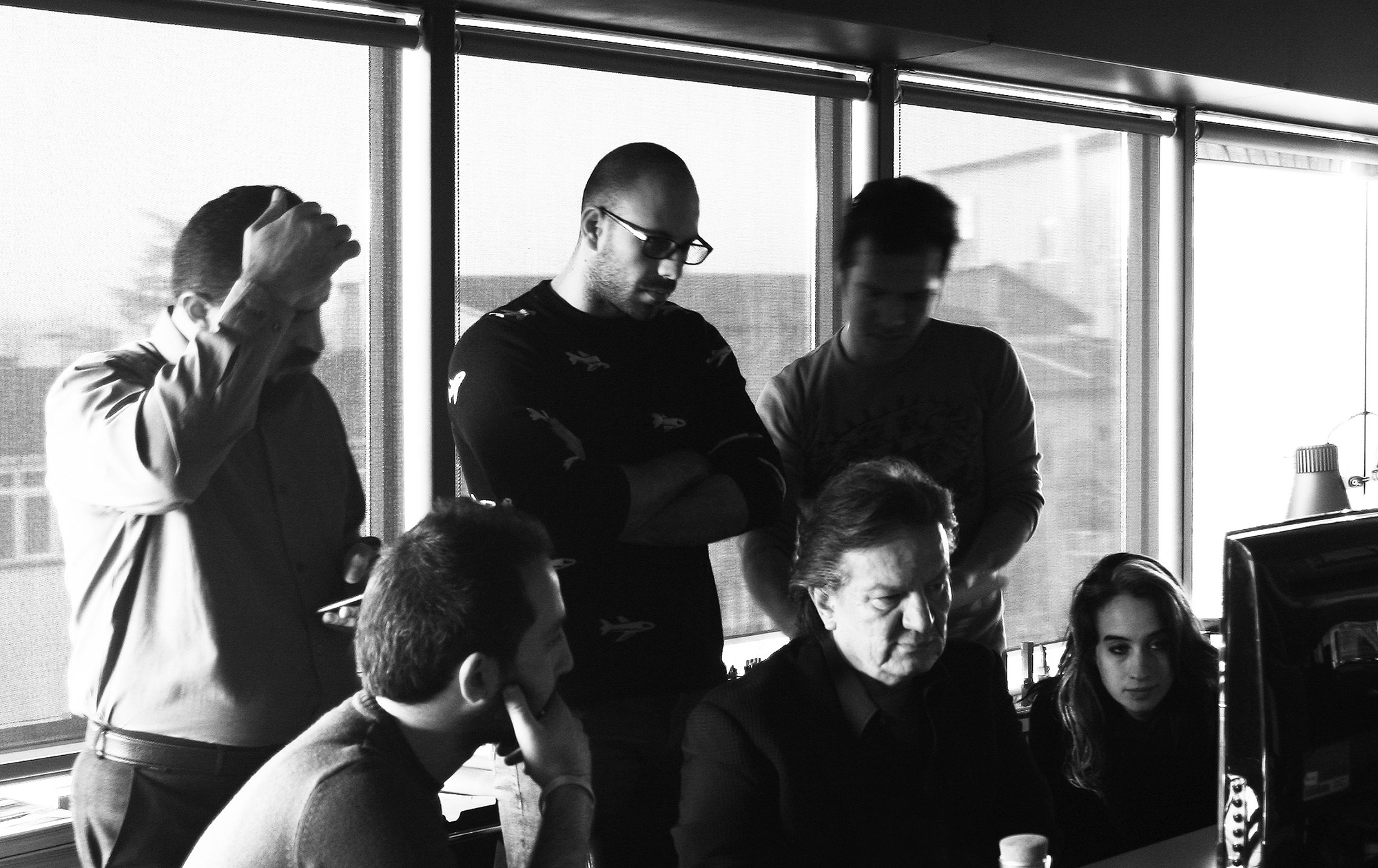
DESIGN APPROACH
For some time now new impulses of the modern world have started to vaporize all that was solid and physical, loosening our frameworks of perception and conception in this transformation. For example, new modes of communication articulated by the latest innovations in technology and developing at an incredible speed have changed the notion of “distance” that has been around for hundreds of years. Today there is no distance that is too far away to be reached and no place that is not accessible. In one sense these transformations that transcend the limits of comprehension of the pre-modern world makes daily life easier, yet at the same time they degrade and reduce feelings around notions of place, locality and regionalism.
There is no doubt that one of the mediums most affected by these new vagaries is architecture. Especially in societies governed by neo-liberal politics, notions of local identity and regionalism that were seen as important design criteria by contextual architecture methodologies have increasingly narrowed its area of practice. In its place we can readily speak of the hegemony of an orientation that gains its power from a universally accepted social compact, whose primary thrust is the production of new, rich and impressive means and methods.
It is in these circumstances that EAA, located in Istanbul and London, in the two large metropolitan centers found in the eastern and western limits of Europe, considers it important that at the beginning of each project there are deliberations at length on notions of region, area, local patterns, cultural and physical resources. In this respect, a multilayered effort at reading, researching and understanding is undertaken in order to reveal the collective and psychological features of the project. Of course this at the same time is a reading that also includes social, economic and ideological factors. In an architecture studio setting with production at different scales and topics, it is important to identify the specific questions of each project and individual situation, to analyze special conditions and to search for responses with a multilayered description of the given situation.
In the next design phase of the project, known styles, architectural movements motivated by contemporary impulses and today’s design habits are suspended. Instead, the aim is to provide the process with an expandable appeal brought on by the subject that condition’s it, in other words the individual interpretations of the designer, and the imaginations that he can rediscover in himself. In parallel, this consciousness that is applied to the process configures the multi-layered and ambivalent discursive game taking place in the area between material and intellect at a specific position within the framework of passion, intuition, knowledge and experience. In this way each design emerges as a unique solution that is a response to the discrete questions posed by each differing situation.

“I like to look at a place, understand it, feel the traces and then everything about the form and all the practicality starts to emerge in an intuitive process together with my colleagues in the studio.”
Emre Arolat


“Our teams work on projects from the start to the finish. This is very important for us. What we want to create is quality space for people, driven by love of detail and the use of relevant technologies.”
Gonca Pasolar, Managing Partner
“…They are able to find just enough of a sense of coherence, fit just enough into tradition, commercial norms, and building norms, to be able to eke out something that keeps going, slides away, slips into a small place of gathering, layers itself into either the urban or the natural landscape, and make a place where you want to sit to watch the view, other people, or the presence of divinity.”
Aaron Betsky


